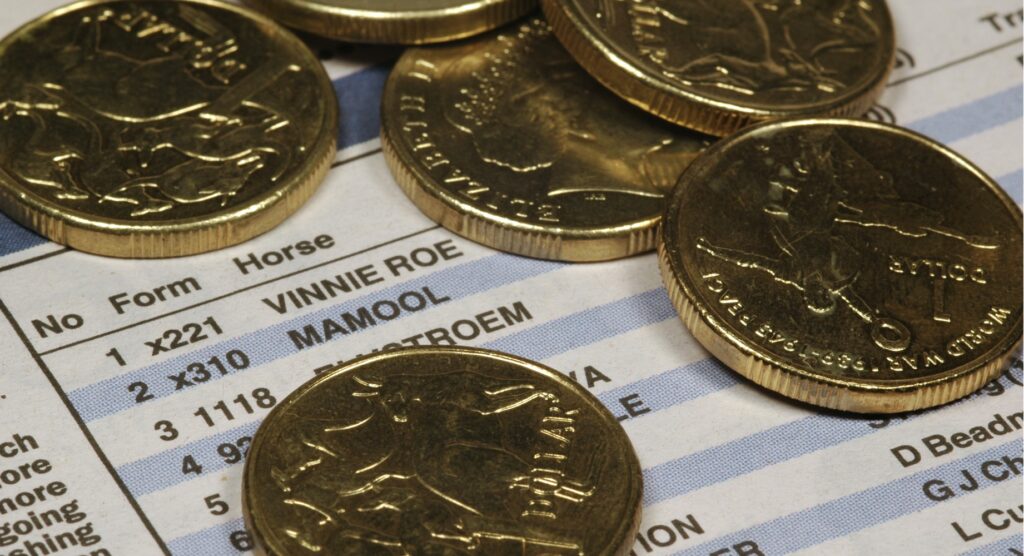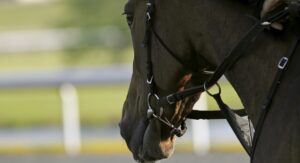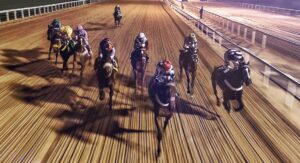Horse Racing Systems
Individuals use a wide range of methodology to find their horse racing selections, some of the strategies contrasting in nature. While the purists spend hours interrogating the form, assessing every variable from ground to pace, others simply crunch numbers and use ratings to determine which horses they fancy. However, some don’t have the time – or desire – to scrutinise the form and figures every single day, and that is where systems come into play.
What Are Horse Racing Systems?
Horse racing systems identify bets based upon a pre-determined set of rules. These rules can involve trainer’s trends, last time out winners, age of the horses, etc.
Systems can be developed through luck, guesswork or investigation of a perceived profitable angle. They can also vary greatly in complexity, with some systems contingent on several factors and others requiring just one or two filters to create bets.
Punters like systems because they have a track record of success and are not contingent upon subjective factors – a horse is either a bet, or it isn’t.
Do Horse Racing Systems Work?
There is a common perception that any horse racing system only has a limited shelf life, as successful angles will eventually attract interest from more punters. The theory is that the more individuals who follow in a system, the shorter the prices become, and the edge is eroded.
Whilst this may be the case for the more simplistic and well publicised systems, it certainly doesn’t hold true a large percentage of the time, with a plethora of angles having proved profitable for over a decade.

What Makes a Good System?
There are several factors which make a good system, with the most important being:
Consistent Results
Consistent Results
A good system will have a vaguely similar strike rate year on year and will not be skewed by anomalous results. Sometimes a few very large priced winners can distort the results of systems which would ultimately be unprofitable in the long run.
It is therefore important to use measurements such as A/E (Actual number of winners/ Expected number of winners) to ascertain whether the system is producing value bets.
Large Data Set
Large Data Set
The more selections there have been, the more robust the system is likely to be. This again falls back to the basic principles of probability – more data typically equates to more reliability.
Sound Principles
Sound Principles
There should be strong reasoning behind the system, as opposed to merely finding a random profitable trend. Often investigating trainer’s behaviour, sire statistics and age biases can unearth fruitful trends that can be extrapolated.

Systems in Action
Mark Johnston 3yos Going 12f+ in All Age Handicaps
This system is a gem, and one that has really stood the test of time, producing profit in 13 of the last 18 years.
Mark Johnston does very well with his staying horses, particularly when they are in all age handicaps. Why is this? Well 3 year olds get weight allowances when racing against their elders and as the year progresses and these horses get stronger, the allowance tends to work in their favour, especially over the longer trips.
Mark Johnston generally acquires staying types and has become a dab hand at placing them against their older rivals. The rules for this system are:
- Mark Johnston horses
- 3years old
- Racing in ‘3yo+ handicap’ company
- Racing over 12f or further
The results are outstanding: 187/833 (22%) for £230 LSP.
Expected number of winners were just 147, giving an A/E of 1.27. This system is extremely reliable as it has produced over 800 runners, and a confidence assumption can be made that the results are not random.
Richard Fahey FTO 2yos Over 5f
Richard Fahey is maestro with young horses, and unlike Johnston, tends to focus on sharp, precocious, speedy types. He purchases these horses with speed in mind and invariably starts the flat season off at a rate of knots, racking up the winners before his rivals get into full swing.
Fahey’s horses that start over the minimum sprint trip of 5f do fantastically well – the trainer appears to have become a specialist at getting his horse’s ready to win at the first time of asking.
As the results below show, Fahey’s strike rate with FTO 2yos decreases as they go up in distance.
| Distance | Winners | Runners | Strike Rate | Profit to SP | A/E |
|---|---|---|---|---|---|
| 5f | 61 | 353 | 17.28% | £164.46 | 1.45 |
| 6f | 23 | 269 | 8.55% | -£35.92 | 0.95 |
| 7f | 10 | 123 | 8.13% | -£48.75 | 1.02 |
| 8f | 0 | 25 | 0 | -£25.00 | 0 |
| 9f | 0 | 1 | 0 | -£1.00 | 0 |
This is a really simple system that has produced a profit in 8 of the last 10 years:
- Richard Fahey horses
- Making their debut over 5f
Operating at a 17% strikerate, with over 350 selections, this system has produce consistent, long term returns.
Charlie Longsdon Runners Off 120+ Day Break Sept-Dec
Some trainers are adept at getting their runners fit to do themselves justice on the back of a racecourse absence, and others simply are not.
Charlie Longsdon falls into the former category, and is very profitable when bringing back his horses from a break in autumn into winter. At this time, most other National Hunt yards are bringing along their runners slowly, with the horses often benefitting from a couple of competitive races to bring them to peak fitness.
Longsdon takes advantage, recording strong percentages at this time of year:
- 64/252 (25%) for £150 LSP
The expected number of winners based on odds were 49, giving an A/E of 1.30. Longsdon has only been training for 9 years, and this system has been profitable in 7 of them.
Hughie Morrison 7lb Claimers
Hughie Morrison is a shrewd operator and very experienced trainer. He understands the importance of having a well weighted horse and manages to get his runners in this position by utilising the services of apprentice jockeys (who are able to claim a certain amount of weight off their horse based on how many winners that have ridden).
Morrison invariably finds excellent young jockey at the embryonic stage of their career, who provides good value for their claim, and his results with 7lb claimers riding his horses are fantastic:
- 35/168 (21%) for £129 LSP
The expected number of winners was 19, giving a hugely impressive A/E of 1.82. This system has been profitable in 12 of the last 16 years and although it is simplistic in nature, there is no sign of it slowing up.
Richard Fahey Second Time Out 3yos – Lay
Systems do not necessarily have to be backing in nature. Trends and angles can be found which produce very low strike rates and big losses, thus making them perfect for laying (the art of betting on a horse not to win).
As much of a maestro as Richard Fahey is with 2 year olds, he doesn’t quite have the same touch with their elder generation. When Fahey’s 3yos are having their second start after not winning on debut, their record is terrible.
Most horse’s benefit from their first racecourse appearance, but not Fahey’s:
- 2/151 (1.3%) for loss of £-132.
The expected number of winners based on odds were 13, giving a deplorable A/E of 0.15. The average strike rate of all second time out 3yos is 10%, so the North Yorkshire handler falls well behind. This makes a very good laying system.

Advice
When you join new betting sites, horse racing systems can be very profitable and a great aid to the punting armoury.
However, it is advisable to use them in conjunction with form research and ratings, as solely relying on pre-determined selections can elicit a lazy approach which can in turn make it difficult to keep up to date with the latest trends, results, trainer performances and biases which may create new systems in time to come.
Although conducting extensive research each day may not be feasible, it is important to keep the tools sharp once in a while.
Making sure that a system is consistent, has a solid set of selections and is based on sound principles, is a good starting point. As demonstrated by the example, systems do not have to be overly complicated – indeed those adding too many filters are often back fitting the data to produce a profit. The right systems can retain their profitability over time.




